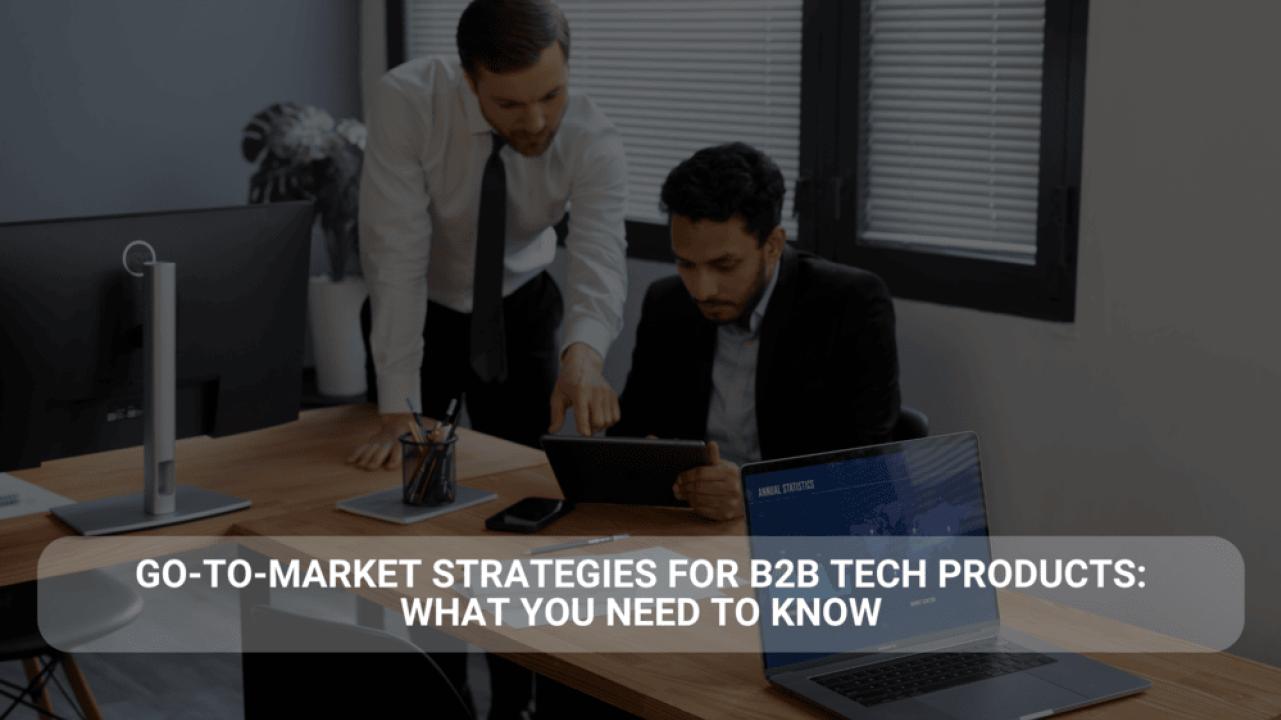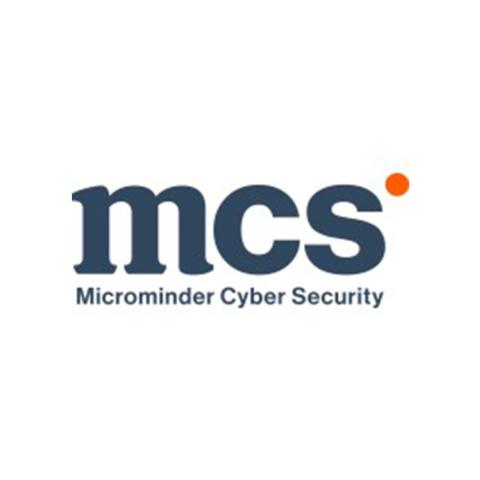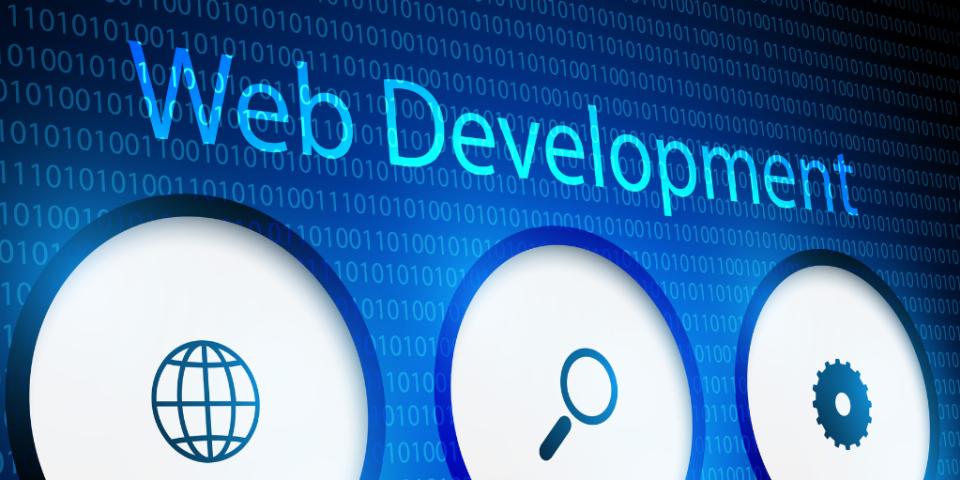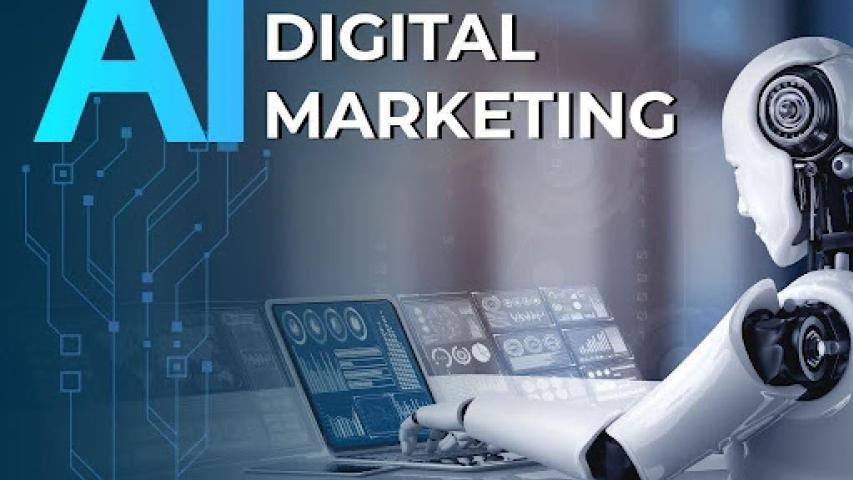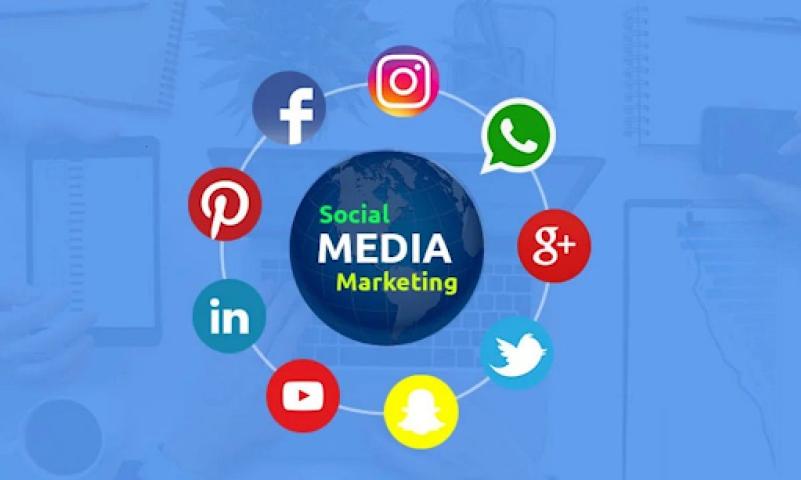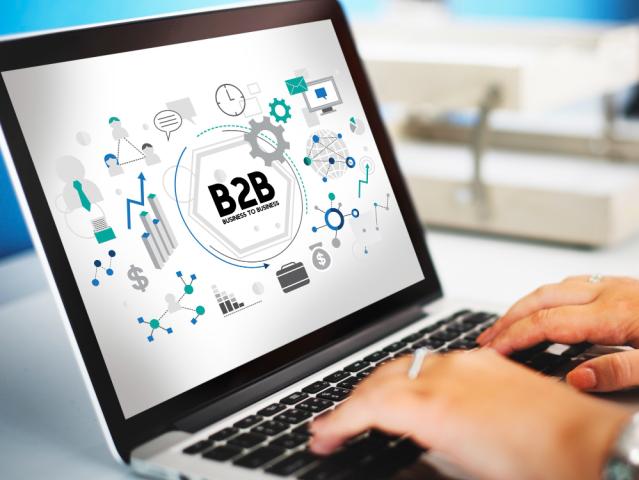When launching a new B2B tech product, a
well-thought-out Go-to-Market
(GTM) strategy is essential for success. From targeting the right
audience to optimizing sales channels, a GTM strategy ensures your product
reaches the intended users and drives sustained growth. In this tech article, we’ll break down key
components of a successful Go-to-Market strategy for B2B tech products,
including how to incorporate a Martech
strategy into the mix.
What is a Go-to-Market Strategy?
A Go-to-Market strategy is a comprehensive plan that
outlines how a company will deliver its product or service to the end customer.
It is much more than a marketing or sales plan—it integrates market research,
customer insights, competitive analysis, and strategic positioning to ensure a
successful launch.
In the context of B2B tech products, a GTM strategy must
address the complexity of the decision-making process and the often extended
sales cycles involved in the B2B space. This means aligning marketing, sales,
product, and customer support teams to work cohesively toward a common goal.
Key Components of a B2B Go-to-Market Strategy
Here’s a breakdown of some core elements that define a
successful Go-to-Market strategy for B2B tech products:
1. Market Segmentation and Ideal Customer Profile (ICP)
Understanding your target audience is the foundation of any
GTM strategy. For B2B tech products, this often means creating detailed
customer personas based on industry, company size, technology stack, and
business needs.
- Ideal
Customer Profile (ICP): Your ICP is a semi-fictional representation of
your best-fit customers. These are the companies that benefit the most
from your product and are more likely to purchase.
- Market
Segmentation: Segmenting your market helps you focus your efforts on
the most lucrative and relevant customers. Consider factors like industry
verticals, geographic location, or company size when dividing your market.
2. Value Proposition and Differentiation
A well-crafted value proposition highlights how your product
solves a specific pain point better than competitors. This is particularly
important in tech, where features and functionalities can often overlap between
different solutions.
- Unique
Selling Proposition (USP): Define the key feature or benefit that sets
your tech product apart from the competition.
- Customer
Benefits: Focus on how your product improves the business processes,
saves time, or reduces costs for B2B customers.
3. Product Positioning and Messaging
Product positioning involves defining where your product
fits in the market and how it will be perceived by your target customers.
Messaging refers to how you communicate your product’s value and benefits to
the market.
- Tech-Specific
Messaging: For B2B tech products, ensure your messaging includes
technical jargon that resonates with decision-makers, such as CTOs, CIOs,
or IT Managers, while also being clear enough for non-technical
stakeholders.
- Consistent
Brand Voice: Ensure that your messaging is consistent across all
channels—website, marketing collateral, and sales presentations.
4. Sales and Distribution Channels
The choice of sales and distribution channels is crucial to
the success of a B2B tech product. In many cases, you’ll need to decide whether
to focus on direct sales (in-house sales teams) or indirect sales (partners,
resellers, or distributors).
- Direct
Sales: For complex or high-ticket B2B products, a direct sales team
can help navigate longer sales cycles, build relationships, and provide
product demonstrations.
- Channel
Partners: Working with resellers or distributors can broaden your
market reach and scale your sales efforts faster. Ensure proper partner
enablement, training, and incentives to motivate channel partners.
5. Marketing and Lead Generation
Effective marketing is critical for generating leads and
building brand awareness. In B2B tech, content marketing, paid advertising, and
account-based marketing (ABM) are often the preferred strategies.
- Content
Marketing: Create valuable content like white papers, case studies,
and tech articles that establish your brand as an authority in your
industry. Make sure these assets appeal to both technical buyers and
decision-makers.
- ABM
Strategy: Account-based marketing allows you to target high-value
prospects with personalized messaging and marketing efforts. This approach
is particularly effective in industries with long sales cycles and
high-value contracts.
Incorporating a Martech strategy into your
GTM plan can give you a competitive advantage. Martech (Marketing Technology)
tools, such as customer relationship management (CRM) software, marketing
automation platforms, and analytics tools, streamline your marketing efforts,
enabling better personalization, scalability, and tracking of marketing
campaigns.
6. Pricing Strategy
Pricing is a critical component of your Go-to-Market
strategy. Your pricing should reflect your product’s value, competitiveness,
and the market demand.
- Value-Based
Pricing: This pricing strategy bases your price on the perceived value
your product provides to the customer rather than your costs. Value-based
pricing is common for B2B tech products because it aligns the price with
the customer’s return on investment (ROI).
- Freemium
or Trial Model: Offering a freemium model or a limited-time free trial
allows potential customers to experience the product’s value before
committing to a purchase.
The Role of Martech in Your Go-to-Market Strategy
As mentioned earlier, integrating a Martech strategy is
essential to a modern B2B GTM approach. Marketing Technology (Martech)
encompasses the use of software tools to execute, manage, and measure marketing
campaigns efficiently.
Some key Martech tools to include in your strategy are:
- Customer
Relationship Management (CRM) Tools: These tools track customer
interactions, manage sales pipelines, and help align marketing and sales
teams.
- Marketing
Automation Platforms: Automating repetitive tasks such as email
marketing, social media posting, and lead nurturing can increase
efficiency and allow your team to focus on strategic tasks.
- Analytics
and Reporting Tools: Martech analytics platforms provide insights into
the performance of your campaigns, helping you optimize strategies in
real-time.
Post-Launch: Continuous Feedback and Iteration
A successful Go-to-Market strategy doesn't end at the
product launch. Once your B2B tech product is live, you need to continuously
gather feedback from users, sales teams, and customer support teams. This
feedback loop helps you improve the product and adjust your marketing or sales
efforts as needed.
- Customer
Success: Focus on providing excellent customer support and onboarding
experiences to retain customers and generate referrals.
- Iterative
Updates: Regularly update your product based on customer feedback and
industry trends to stay competitive in the evolving tech landscape.
Conclusion
A well-executed Go-to-Market strategy is critical for the
success of any B2B tech product. From understanding your target market to
leveraging a Martech strategy, every component plays a vital role
in ensuring that your product gains traction and achieves sustainable growth.
By focusing on market segmentation, value propositions, messaging, and sales
channels, your B2B tech product can reach the right customers, at the right
time, with the right message.
